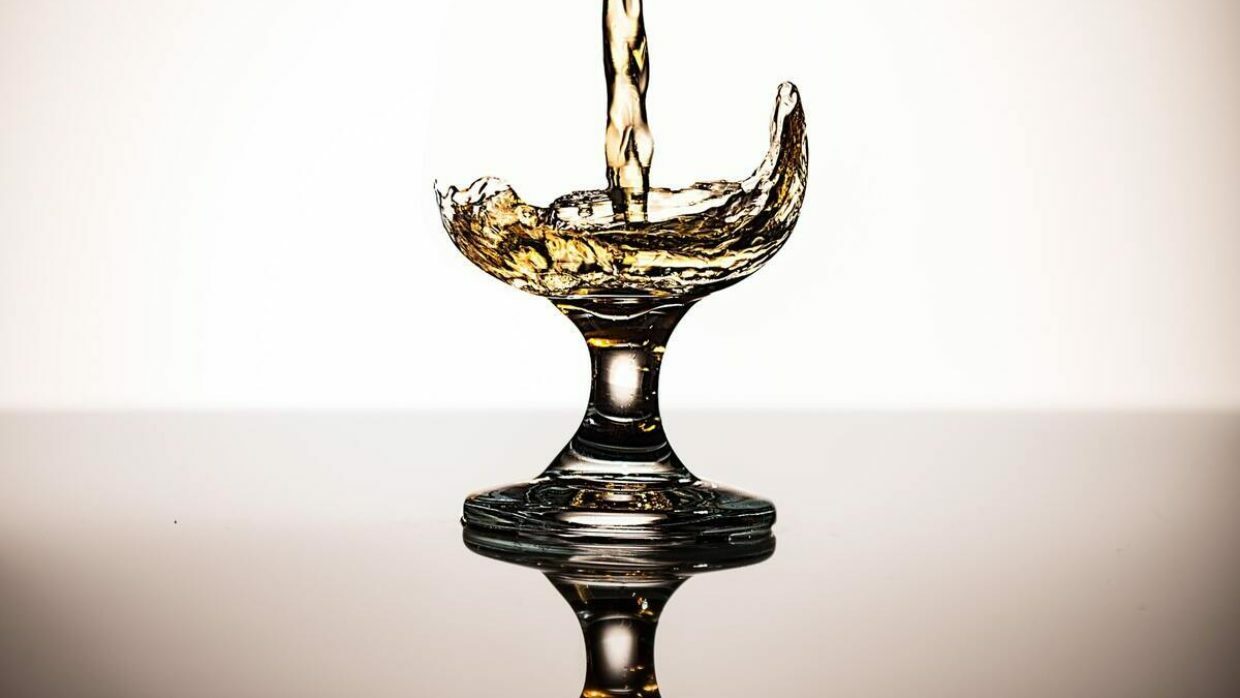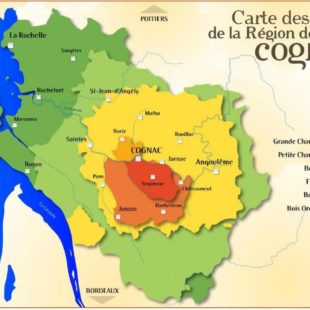What are the differencies between Cognac and Brandy ?

Brandy and cognac are two distilled beverages that share many similarities but also significant differences. Despite this, everyone agrees that they are both excellent drinks rich in history and tradition. To better compare them, let’s take a closer look at brandy, the spirit loved by the Dutch and now produced in various regions around the world. However, it is important to note that cognac, while being a type of brandy, has a particular prestige due to its origin and unique production process.
Sommaire
What is brandy?
Brandy is an alcoholic beverage obtained after the distillation of grapes. It comes from the Dutch word “brandewijn,” which can be translated as “burnt wine.” This term refers to the warmth felt when drinking the spirit. The dark color of brandy is often the result of aging in oak barrels, giving it distinctive woody notes. Unlike cognac, brandy is not subject to the same strict regulations, and its quality can vary from one producer to another.
Its production dates back to the 12th century, when it was exclusively made by apothecaries and used as medicine. At the time, distillation was often done on a small scale, and the quality of the product depended heavily on local practices. It wasn’t until the 16th century that brandy production increased, particularly in France, when distillation was authorized by French authorities. Today, brandy is a spirit produced worldwide, but it is France, with its cognac, that stands out as the leader in quality.
What are the differences between cognac and brandy?
Brandy and cognac are both part of the broader family of wine spirits. However, these two spirits differ in their production methods, appellations, taste, and international status. Here are the main differences to note:
The AOC
Cognac, unlike brandy, benefits from a Controlled Designation of Origin (AOC). This means that cognac must be produced in a specific region of France, around the town of Cognac, and according to very strict rules established by the National Interprofessional Bureau of Cognac (BNIC). These rules guarantee the quality and authenticity of the product, with strict controls on the grape varieties used, distillation, and aging. In comparison, brandy is a broader category that can be produced in almost any wine-growing region worldwide, without the same restrictions.
Thus, cognac enjoys international recognition and prestige that few other brandies can claim. For a spirits enthusiast, this status gives cognac a certain cachet, making each tasting a unique and refined experience.
The production method
The production method of cognac is another major point of distinction. To produce cognac, only certain white grape varieties are allowed, such as Ugni Blanc, Colombard, Folle Blanche, and a few other specific varieties. These grapes are first fermented to obtain a low-alcohol white wine, which is then distilled twice in copper Charentais stills. This double distillation concentrates the aromas and creates a more complex spirit. After distillation, cognac must age for at least two years in French oak barrels before it can be sold. This long aging process gives cognac its aromatic richness and depth on the palate.
Brandy, on the other hand, can be made from different types of grapes, including red and white varieties. The distillation method is often simpler than that of cognac, with single distillation in some cases. Brandy aging is also shorter, often less than six months, which is reflected in the simpler taste of the finished product. Brandy is thus a more accessible spirit, but it does not reach the same levels of complexity as cognac.
The taste
The taste of cognac and that of brandy differ significantly, largely due to the production and aging methods. Cognac is often described as more complex and nuanced, with aromas of ripe fruit, vanilla, spices, and oak. Depending on its age, it can also reveal floral or dried fruit notes. An XO cognac or Hors d’Âge Cognac, aged for several decades, offers an incomparable tasting experience, where each sip unveils new layers of aromas.
Brandy, though tasty, is generally less complex than cognac. Its aromas are often more straightforward, with notes of caramel, dried fruit, and sometimes a slight woody touch. However, the shorter aging and less rigorous production mean that brandy generally does not reach the same levels of sophistication as cognac. A cognac enthusiast might find brandy a bit simpler and less refined.
Where is brandy produced in the world?
Brandy is produced in many wine-growing regions around the world. However, some countries are particularly renowned for their brandy production, including France, Spain, Portugal, and India. In France, the Cognac region is famous for its cognac production, but other regions also produce spirits that fall into the brandy category. Each country has its own tradition and production methods, meaning that the taste and quality of brandy can vary significantly from one country to another.
In Spain, the Andalusian region, with its Jerez-Xérès-Sherry and Manzanilla-Sanlúcar de Barrameda appellations, is renowned for its rich and flavorful brandies. These Spanish brandies are often consumed as a digestif, just like cognac in France. Spain is also one of the largest producers of brandy globally, with internationally recognized brands.
In other regions, such as Portugal or India, brandy occupies an important place in the local spirits market. These brandies, though less known internationally than French cognacs, have their own production tradition, and they cater to local consumer tastes. In India, brands like McDowell’s No. 1 or Mansion House Brandy dominate the market with often sweeter spirits adapted to local culture.
What are the main brandy brands worldwide?
The major cognac houses like Hennessy, Martell, and Rémy Martin also dominate brandy production in France. However, there are many other brandy brands produced in other countries, particularly in Spain, Portugal, and the United States. In California, brands like Christian Brothers and Korbel are well established, while in India, McDowell’s No. 1 and Honey Bee dominate the market.
Cognac, while a type of brandy, is often considered the pinnacle of this type of spirit. Many small family houses like Maison Painturaud Frères continue the tradition of cognac with artisanal techniques passed down from generation to generation. These houses take pride in producing high-quality cognacs, often in limited quantities, making them highly sought after by spirits enthusiasts and collectors worldwide.
Beyond the well-known global brands, these small houses play an essential role in preserving the cognac heritage. They produce unique cognacs, with subtle aromas, and offer an alternative to more commercial brands. If you are looking for a cognac that stands out, exploring the productions of these family houses can be an excellent option for discovering new flavor profiles.
How to drink and taste brandy and cognac?
Brandy and cognac are both spirits that deserve to be tasted carefully. Traditionally, they are enjoyed in a tulip glass or cognac glass at room temperature, allowing the full aromatic richness of the spirit to be released. For cognac, tasting can vary depending on its age. Younger cognacs, such as VS or VSOP, can be used in cocktails like the famous Cognac Tonic, while older cognacs, such as XO or Hors d’Âge, are often enjoyed on their own to better appreciate their complexity.
Cognac, especially when aged, offers a very rich aromatic palette. Its notes of dried fruit, spices, vanilla, and sometimes cocoa blend perfectly with quiet moments of tasting. On the other hand, brandy, with its simpler aromas and generally shorter aging, is often appreciated for its smoothness and ease in being consumed in cocktails. For example, it can be used in classics like the Brandy Sour or Brandy Alexander.
For spirits enthusiasts, it is important to note that cognac can also be used in cooking, particularly to flavor sauces or flambé dishes. It pairs perfectly with meat or dessert recipes, adding an inimitable depth of flavor. Flambéed dishes with cognac, such as crêpes Suzette or Christmas pudding, are perfect examples of how this spirit can turn an ordinary dish into a refined delight.
Cognac and brandy in popular culture
Cognac and brandy have also become symbols of luxury and refinement in popular culture. Cognac, in particular, is often associated with moments of celebration and prestige. It is frequently mentioned in movies, TV series, and even music, especially in American rap, where it is seen as an elegant and sophisticated drink.
Brandy, while less present in popular culture than cognac, also enjoys some notoriety, especially in producing countries like Spain or India. In some cultures, brandy is considered a festive drink, consumed on major family occasions or social gatherings. Whether for daily consumption or special events, cognac and brandy have each found their place in traditions and consumption habits worldwide.
Cognac or brandy, which to choose?
In the end, the choice between cognac and brandy depends on your personal taste and the occasion for which you are drinking these spirits. If you are looking for a complex spirit rich in aromas and history, cognac is certainly the ideal choice. With its strict production methods and prolonged aging, it offers a unique tasting experience that few other spirits can match.
If you prefer a simpler, often smoother, and more accessible spirit, brandy can be an excellent choice. Less expensive than cognac, brandy is well-suited for daily consumption and cocktails, while offering some versatility in cooking.
In any case, whether you opt for an XO cognac to mark a special event or a brandy to enhance a dinner with friends, you can be sure to enjoy quality spirits, each with its own characteristics and charm. Cognac and brandy are both living witnesses of the art of distillation, a heritage of centuries of know-how and wine-growing traditions.

 French
French



